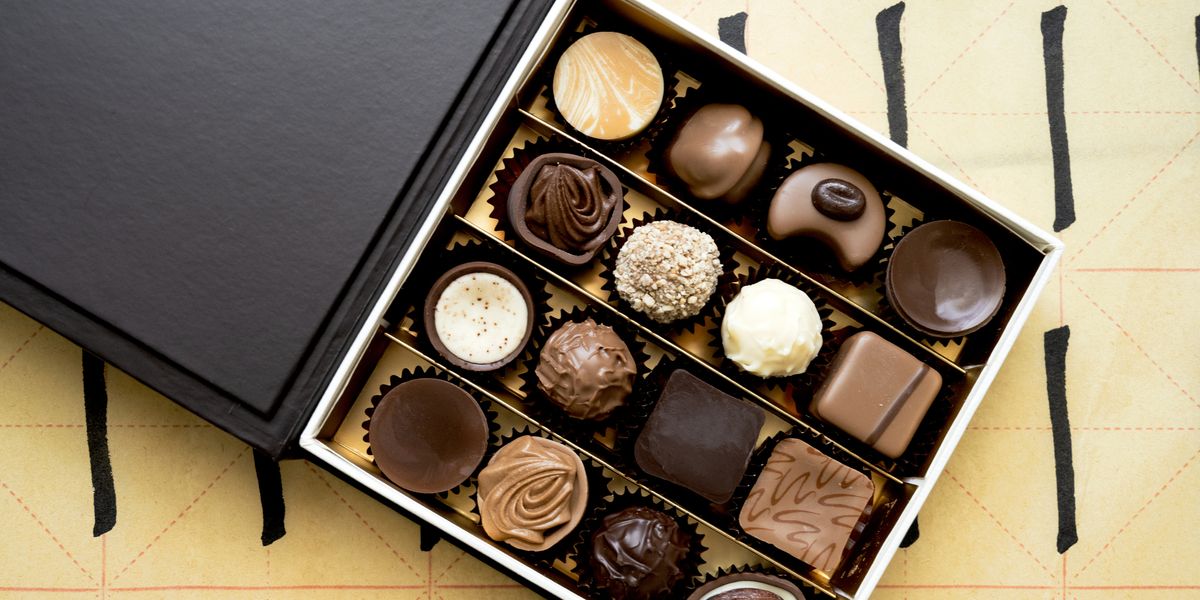
Whether you’re looking for a classic heart-shaped box or something more inventive, when it comes to chocolate, there’s something for everyone. But just like with life, you never know what you’re going to get with a box of chocolates. Each piece can come with its own unique flavor, texture, and color. And the little diagram they include in the box isn’t always the most helpful, either.
That’s why we’re here to break down the basics of chocolate. We caught up with Brad Kintzer, Chief Chocolate Maker at TCHO, to unpack the difference between all the types of chocolate so you can shop confidently.
What Is Chocolate?
Every type of chocolate is derived from the seeds of a cacao tree, a plant native to the Americas that’s now grown in tropical climates all over the world. Kintzer says that cocoa beans are not unlike certain nuts and seeds, like almonds, peanuts, hazelnuts and cashews. And just like with those nuts, cocoa is commonly processed by going through a roasting and grinding process. But there are a few reasons why ground cocoa doesn’t resemble your average peanut butter.
Firstly, the flavor of a cocoa bean is intense. It’s naturally bitter and astringent, and at a concentration you won’t taste in other nuts and seeds. That’s why you’ll rarely find a bar of chocolate that isn’t supplemented with sugar and other additives to quell the bitterness (with the exception of unsweetened baking chocolate).
“But the other difference with chocolates from other seeds is that the fat in cocoa beans is hard at room temperature,” Kintzer says. “That actually is what allows us to make chocolate and then be able to put it into a bar as as opposed to putting into a jar like peanut butter, almond butter, cashew butter or something like that.”
The unique texture and flavor of chocolate can’t only be attributed to those two factors, however. The baseline understanding most consumers already have of what chocolate tastes like is very limited. Just like with coffee beans and wine grapes, there are several different varietals of cocoa beans that bring their own unique flavors to the table.
Nearly three quarters of the world’s chocolate comes from West African-grown cocoa beans that Kintzer describes as having a rich, fudgy taste. That might be the reference point most of us have for chocolate, but other cocoa beans and processing methods can yield flavors that lean more in the fruity and bright direction.
All that’s to say, just because a chocolate is categorized as a particular type does not necessarily mean it has one singular flavor. “[Chocolate] is certainly not underappreciated, but there’s a whole world of chocolate that’s out there that offers unique flavor profiles,” Kintzer says. “I encourage consumers to explore and try something new.”
Dark Chocolate
The way chocolate is processed yields two byproducts: cocoa solids and cocoa butter. These happen to be the main ingredients of dark chocolate, which means the rich bitterness of the cocoa solids can really shine. Depending on the brand and flavors you buy, the other ingredients can vary. But, typically, the other important ingredient in dark chocolate is sugar.
In fact, the percentages on the labels of dark chocolate indicate the sugar content. A 70% dark chocolate, for example, is made from 70% chocolate (both solids and butter) by weight. The remaining 30% could include marginal amounts of vanilla or the emulsifier lecithin—but it’s predominantly sugar.
The concentration of chocolate can vary wildly in this category, which makes it impossible to pinpoint a singular flavor. And of course, when you factor in the different flavors of certain beans, the possibilities are endless. But as a general rule of thumb: the higher the percentage, the more intense the chocolate flavor is.
Milk Chocolate
True to its name, milk chocolate is different than dark because of the addition of dairy. “To make a milk chocolate, you’re going to take the cocoa beans, you’re going to roast them, grind them down with sugar and then you’ll add typically milk powder,” Kintzer says. The difference in flavor is similar to the distinction between espresso and a latte. The milk mellows out the deep, bitter notes from the cocoa.
There’s also a much lower cocoa concentration in milk chocolate. Dark chocolate typically contains upwards of 55% cocoa, while milk chocolate hovers between 10-50%. And in order to be sold as milk chocolate, the product must contain a minimum of 12% milk solids. Besides mellowing out the intensity of the cocoa, the milk solids also lend a creamier, softer texture. And of course, since it’s made with dairy, milk chocolate is not vegan (but TCHO does offer oat milk-based chocolate that scratches a similar itch).
White Chocolate
It’s time to clear the air. While some purists will argue that white chocolate is not “real” chocolate, that’s not exactly accurate. “It actually is made with the cocoa bean,” Kintzer says. “It’s just that it’s only made with the fat of the cocoa bean, whereas dark chocolate and milk chocolate are made with the whole roasted ground cocoa beans—with the brown stuff and the fat.”
Without the rich, bitter flavor coming from the cocoa solids, most of what you’re getting is from the milk, the sugar, and the added flavorings. It’s certainly the least chocolatey chocolate out there, but it works especially well in contrast to the more intense flavors of other types of chocolate.




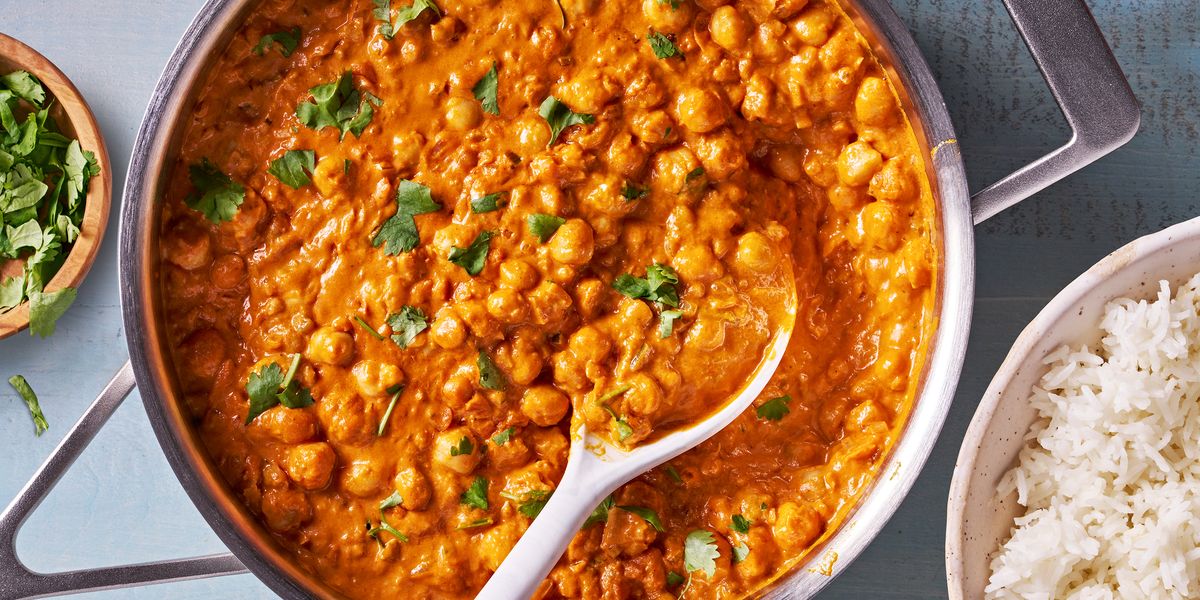
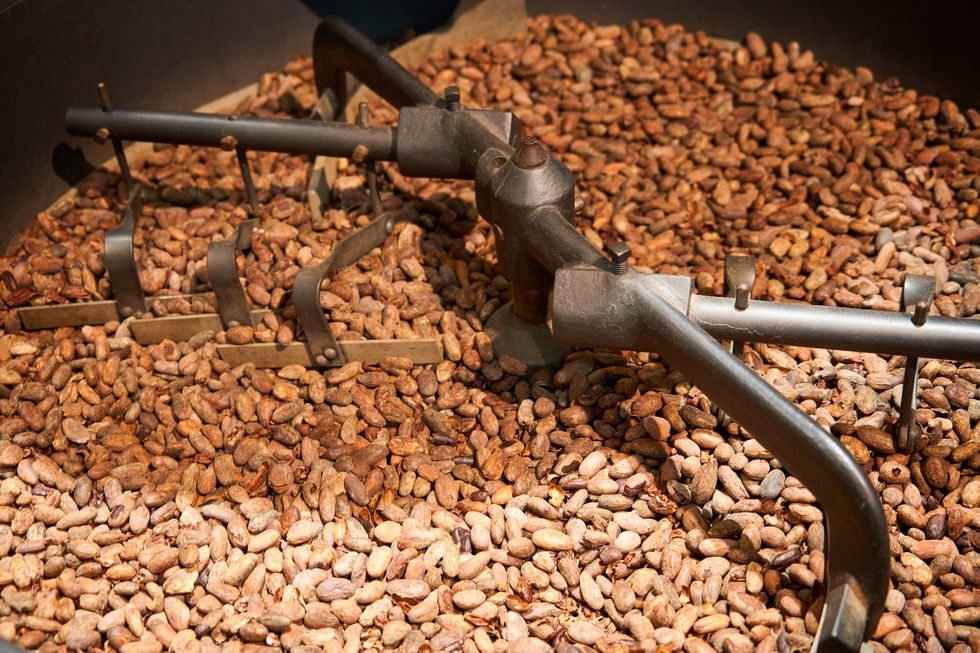
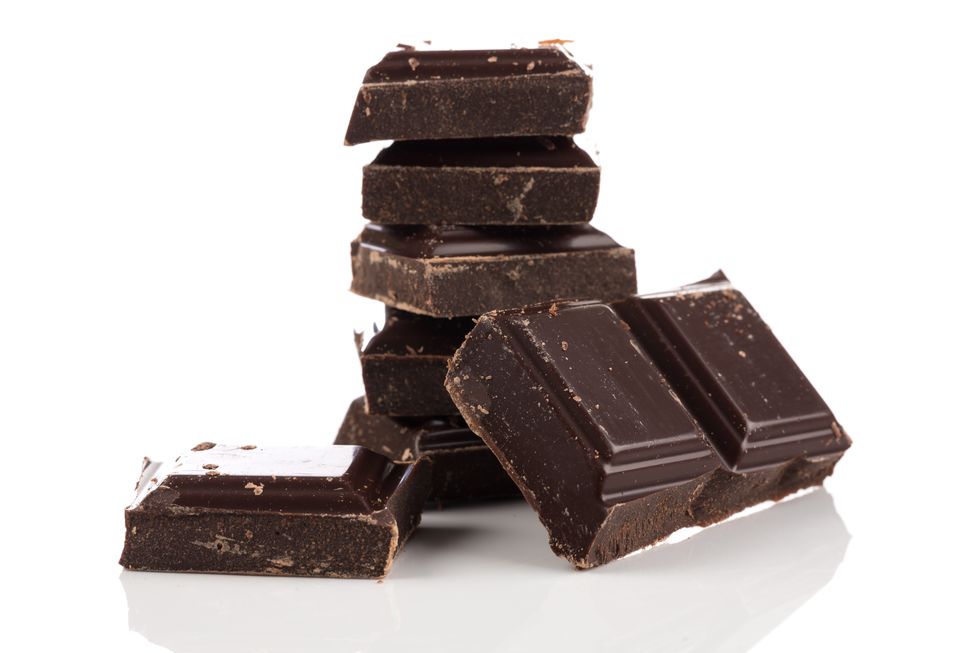
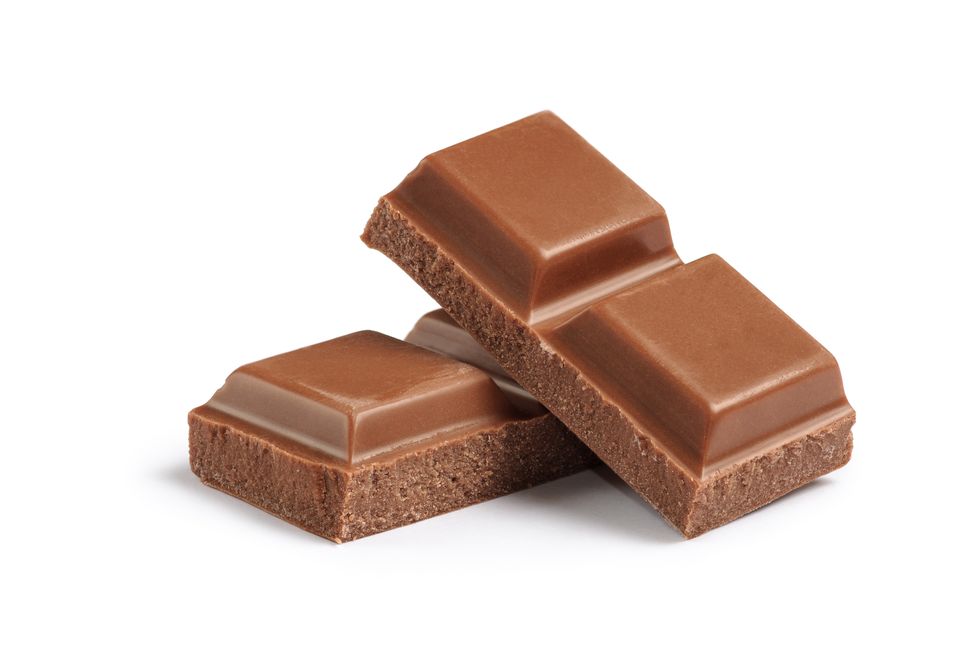
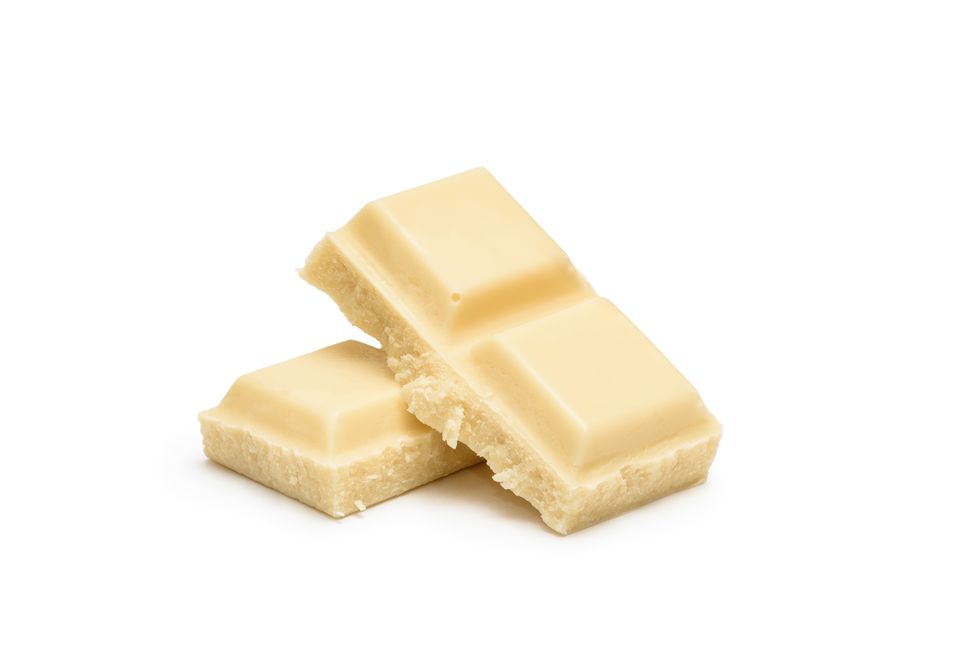









Leave a Reply